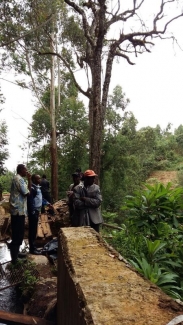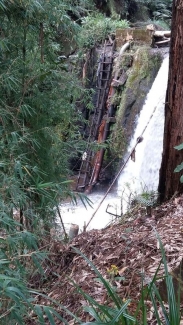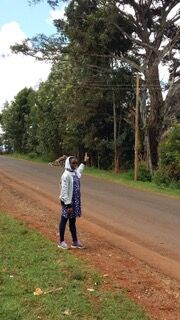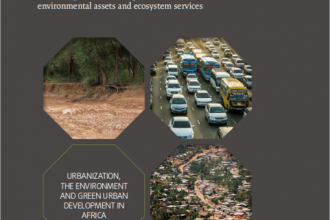Public praise drives water-wise behaviour: A lesson for city managers
Applauding people publicly for their successful efforts to reduce water use at home may be an effective means of driving water-wise behaviour across a city. This kind of positive messaging by city…






